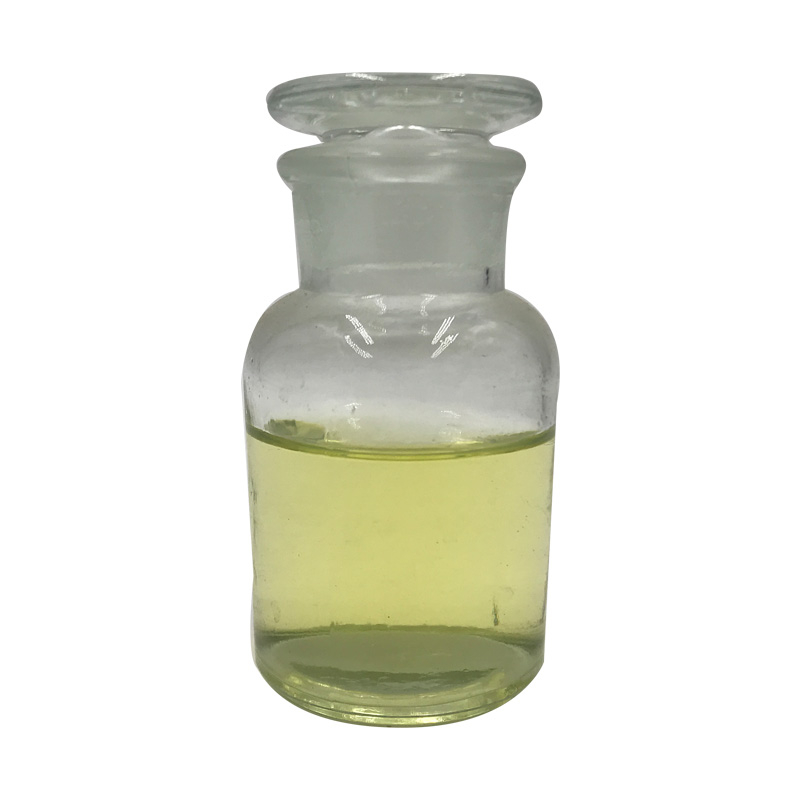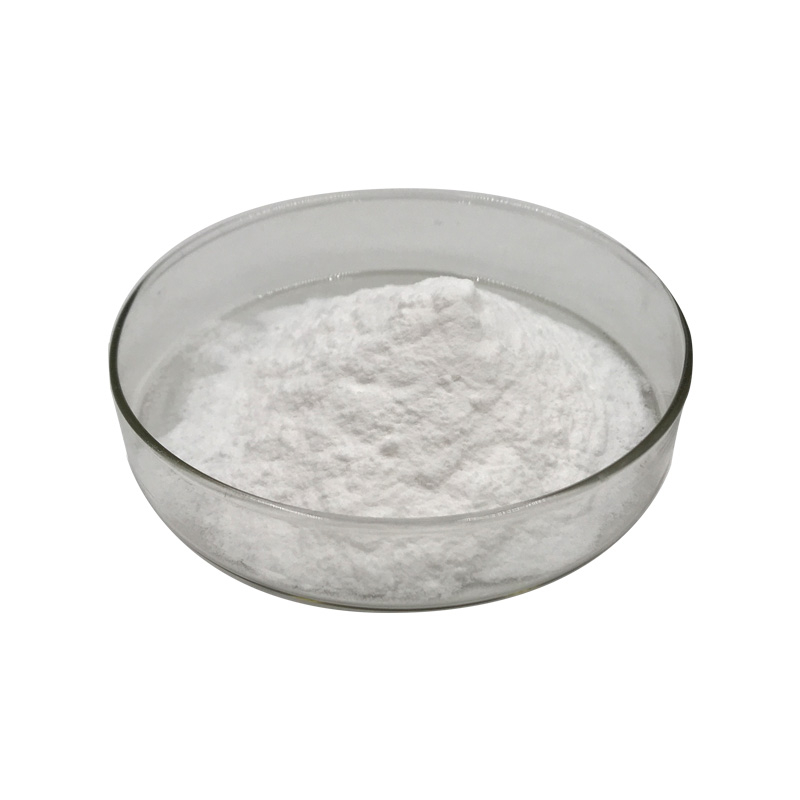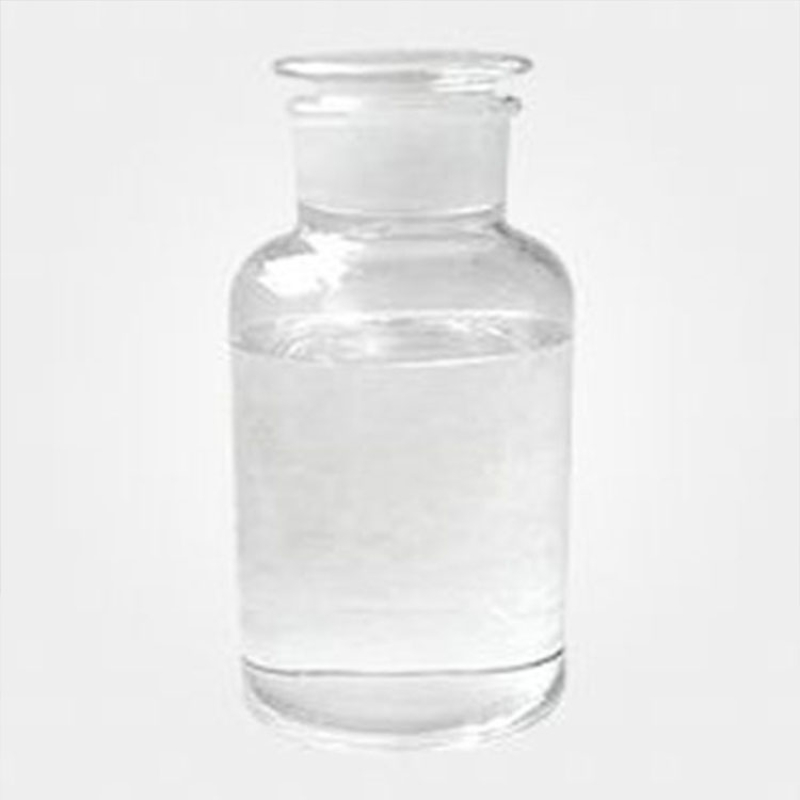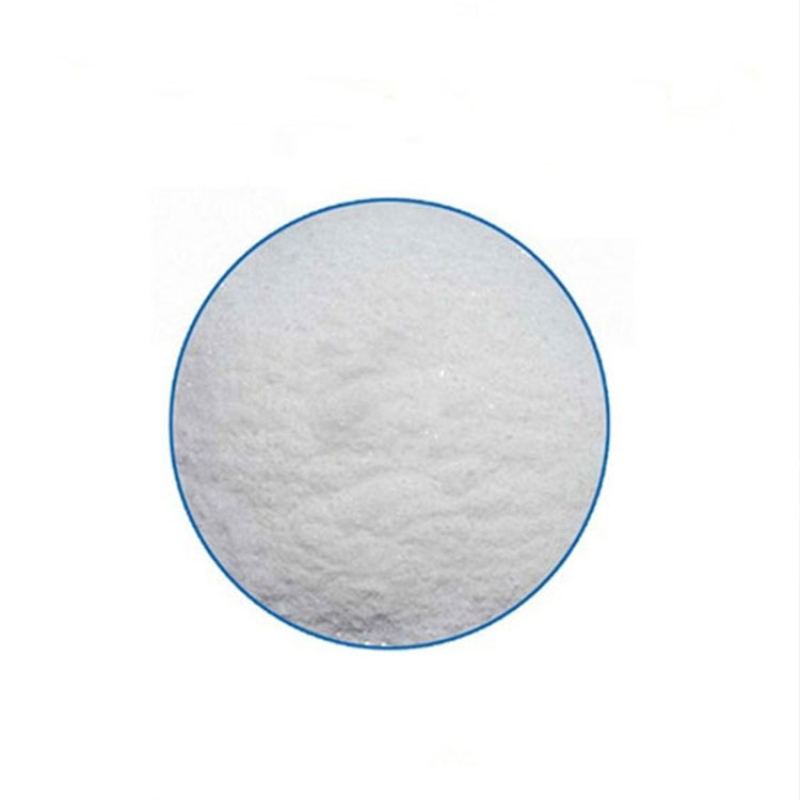Products Description of Sodium tripolyphosphateCAS#7758-29-4 Sodium tripolyphosphate, also known as pentasodium phosphate, sodium pyrometaphosphate, STPP, pentasodium tripolyphosphate. White powdery crystals, good fluidity, relative molecular mass 367.86, melting point 622℃, easily soluble in water, its aqueous solution is alkaline. Commonly used in food as a moisture retainer, quality improver, pH regulator, metal chelator.The aqueous solution of sodium tripolyphosphate is weakly alkaline (the pH value of a 1% aqueous solution is about 9.7).
Contact Now
Products Description of Glycidol CAS#556-52-5Glycidyl alcohol is also called glycidol. This substance is used as a stabilizer for natural oils and vinyl polymers, demulsifiers, dyeing and layering agents, and is used in surface coatings, chemical synthesis, fungicides, etc.
Contact Now
Products Description of Hydrogenated castor oil CAS#8001-78-3Castor oil is flammable but not inflammable, almost insoluble but soluble in ethanol, slightly soluble in aliphatic hydrocarbons, and castor oil is slightly volatile, so be careful when storing it.
Contact Now
Products Description of Sesamol CAS#533-31-3Sesamol, also known as 3,4-methylenedioxyphenol, is a fat-soluble lignan compound. It is an important component of sesame oil and an important quality stabilizer for sesame oil. Sesamol is present in sesame seeds, sesame oil and sesame meal, and can be continuously decomposed by sesamelin during thermal processing. The highest concentration in sesame oil can reach 64.4 mg/(100 g).Sesamol has a very strong antioxidant capacity and has been proven to have anti-inflammatory and intestinal function regulating effects.
Contact Now
Potassium Formate CAS#590-29-4Potassium formate is a useful chemical compound in the production of potassium metal and in the oil and gas industry, often in aqueous solution (alone, or mixed with cesium formate), to yield a high-density, environmentally-friendly brine that can be used a a heat transfer fluid.
Contact Now
Oleic acid CAS#112-80-1Chemical Properties: Oleic acid, C17H33COOH, also known as red oil, elaine oil, and octadecenoic acid, is a yellowish unsaturated fatty acid with an aroma similar to lard. Oleic acid consists chiefly of (Ζ)-9-octadecenoic acid together with varying amounts of saturated and other unsaturated acids. It is insoluble in water, but soluble in most organic solvents.
Contact Now
Products Description of POLYCARBOMETHYLSILANE CAS#62306-27-8Transparent oily liquidPOLYCARBOMETHYLSILANE Chemical PropertiesMelting point 79-84 °Cdensity 1.1 g/mL at 25 °C(lit.)Product Application of POLYCARBOMETHYLSILANE CAS#62306-27-8Silicon carbide ceramic polymer precursors. Ceramic coatings from polymer melts or solutions.Factory and Equipment ShowFast delivery timeInventory 2-3 working days New production 7-10 working days
Contact Now
Methyl Acetate CAS#79-20-9Methyl acetate, additionally viewed as MeOAc , acetic acid methyl ester or methyl ethanoate, is a carboxylate ester with the formula CH3COOCH3. It is a flammable liquid with a generally high-quality smell reminiscent of some glues and nail polish removers.
Contact Now
Products Description of CARBOMER CAS#9007-20-9 Polyacrylic acid, referred to as PAA, also known as 2-acrylic acid homopolymer, acrylic resin coating, acrylic resin, acrylic monomer polymer, acrylic modified resin, acrylic resin emulsion, is a water-soluble acrylic polymer, and is also soluble in certain polar solvents, such as methanol, dioxane and ethylene glycol. The ionization constant is 4.75. Since the molecule contains a large number of carboxyl groups, it can react with alkali, alcohol, and amine, and can also undergo dehydration, degradation and complexation reactions.
Contact Now
Products Description of LDAO CAS#1643-20-5This product is colorless or light yellow transparent liquid, with a relative density of 0.98 at 20°C. Easily soluble in water and polar organic solvents, slightly soluble in non-polar organic solvents and showing non-ionic or cationic properties in aqueous solutions. When the pH value is <7, it is cationic. Amine oxide itself is an excellent detergent and can produce stable and rich foam.
Contact Now
Products Description of Zirconium acetate CAS#7585-20-8Zirconium acetate (liquid), a colorless transparent liquid, is made by the reaction of zirconium oxychloride and sodium carbonate.
Contact Now
Products Description of Polysorbate 20 CAS#9005-64-5Appearance: amber viscous liquid, with slight special odor, slightly bitter taste. Relative density is 1.08-1.13, boiling point is 321℃. Soluble in water, ethanol, methanol and ethyl acetate, insoluble in mineral oil and petroleum ether. HLB value is 16.7. Oral LD50 of rats is 37g/kg, Adl0-25mg/kg (FAO/WHO, 1994).
Contact Now
Orthophosphoric Acid CAS#7664-38-2Phosphoric Acid, with the chemical formula H₃PO₄ and CAS number 7664-38-2, is a versatile inorganic acid that plays a crucial role in a multitude of industries.
Contact Now
Products Description of Cupric oxide CAS#1317-38-0Copper oxide is an inorganic substance with the chemical formula CuO. It is a black oxide of copper, slightly amphoteric and slightly hygroscopic. Insoluble in water, easily soluble in acid, stable to heat, and decomposes into oxygen at high temperatures. It can be reduced to metallic copper by introducing hydrogen or carbon monoxide at high temperature. Copper oxide is heated in Chemicalbook air and releases oxygen at about 1050°C and is reduced to cuprous oxide.
Contact Now
CELLULOSE ACETATE BUTYRATE CAS#9004-36-8Cellulose acetate butyrate has a wider solubility range.
Contact Now
Products Description of 4-Methylmorpholine N-oxide CAS#7529-22-8N-methylmorpholine oxide (NMMO) solvent is a special excellent solvent with extremely strong solubility for cellulose. It is a crystalline solid or liquid at room temperature, non-toxic, weakly alkaline, and highly hygroscopic. Each molecule can combine with multiple water molecules. It is easy to produce a color change reaction at 120°C, and an overheating reaction at 175°C and is easy to gasify and decompose.
Contact Now
Products Description of Ethyl butylacetylaminopropionate CAS#52304-36-6Mosquito repellent, also known as ethyl butyl acetylaminopropionate, BAAPE, IR3535, and Imonin, is a plasticizer and a broad-spectrum, highly effective, low-toxic insect repellent.Ethyl butylacetylaminopropionate Chemical PropertiesMelting point <-20°Boiling point bp0.2 108-110°; bp0.5 126-127°density 0.987±0.06 g/cm3(Predicted)refractive index nD20 1.452-1.455Fp 318°F (159°C)storage temp. Sealed in dry,Room Temperaturesolubility Acetonitrile (Slightly), Chloroform (Slightly), Ethy
Contact Now
Butylated Hydroxytoluene CAS#128-37-0Butylated hydroxytoluene is a synthetic phenolic compound mainly used as an antioxidant and preservative in the food industry.
Contact Now
Methylammonium bromide CAS#6876-37-5Methylammonium bromide Chemical PropertiesMelting point 248.0 to 253.0 °CWater Solubility Soluble in waterform powdercolor White to Almost whiteInChIInChI=1S/CH5N.BrH/c1-2;/h2H2,1H3;1HInChIKeyISWNAMNOYHCTSB-UHFFFAOYSA-NSMILES[NH3+]C.[Br-]Safety InformationHazard Codes XnRisk Statements 22-36/37/38Safety Statements 26-36/37/39-46WGK Germany 3HS Code 29239000Factory and Equipment ShowFast delivery timeInventory 2-3 working days New production 7-10 working days
Contact Now
Products Description of Microcrystalline cellulose CAS#9004-34-6Microcrystalline cellulose (MCC) is the product of natural cellulose hydrolyzed to the ultimate degree of polymerization by acid. It is white or nearly white in color, odorless and tasteless, and its particle size is generally about 2 to 80 μm. It has the advantages of low density, high modulus, renewable, biodegradable, and wide sources.
Contact Now
Products Description of 3,4-Dimethoxythiophene CAS#51792-34-83,4-Dimethoxythiophene is an organic compound with the molecular formula C6H8O2S.3,4-Dimethoxythiophene Chemical PropertiesBoiling point 100-102 °C/10-11 mmHgdensity 1.209 g/mL at 25 °Crefractive index 1.5409Fp 224 ºFstorage temp. -20°Cform powder to lump to clear liquidcolor White or Colorless to YellowWater Solubility Miscible with organic solvents.
Contact Now
Products Description of 4-Chromanone CAS#491-37-2White crystals.
Contact Now
Products Description of Calcium carbonate CAS#471-34-1Calcium carbonate occurs in nature as limestone in various forms, such as marble, chalk, and coral. It is probably the most widely-used raw material in the chemical industry. It has numerous applications, primarily to produce cement, mortars, plasters, refractories, and glass as building materials. It also is used to produce quicklime, hydrated lime and a number of calcium compounds. It is produced either as powdered or precipitated calcium carbonate. The latter consists of finer particles of greater purity and more uniform size.
Contact Now
Products Description of Hexamethylene diacrylate CAS#13048-33-4This product is a bifunctional monomer with low skin irritation, low shrinkage and high activity.
Contact Now


































